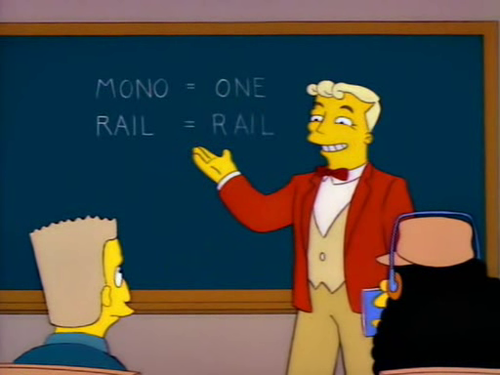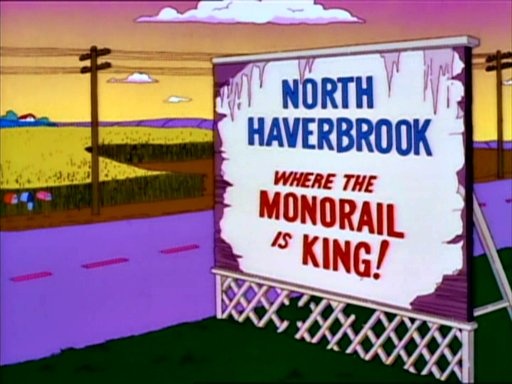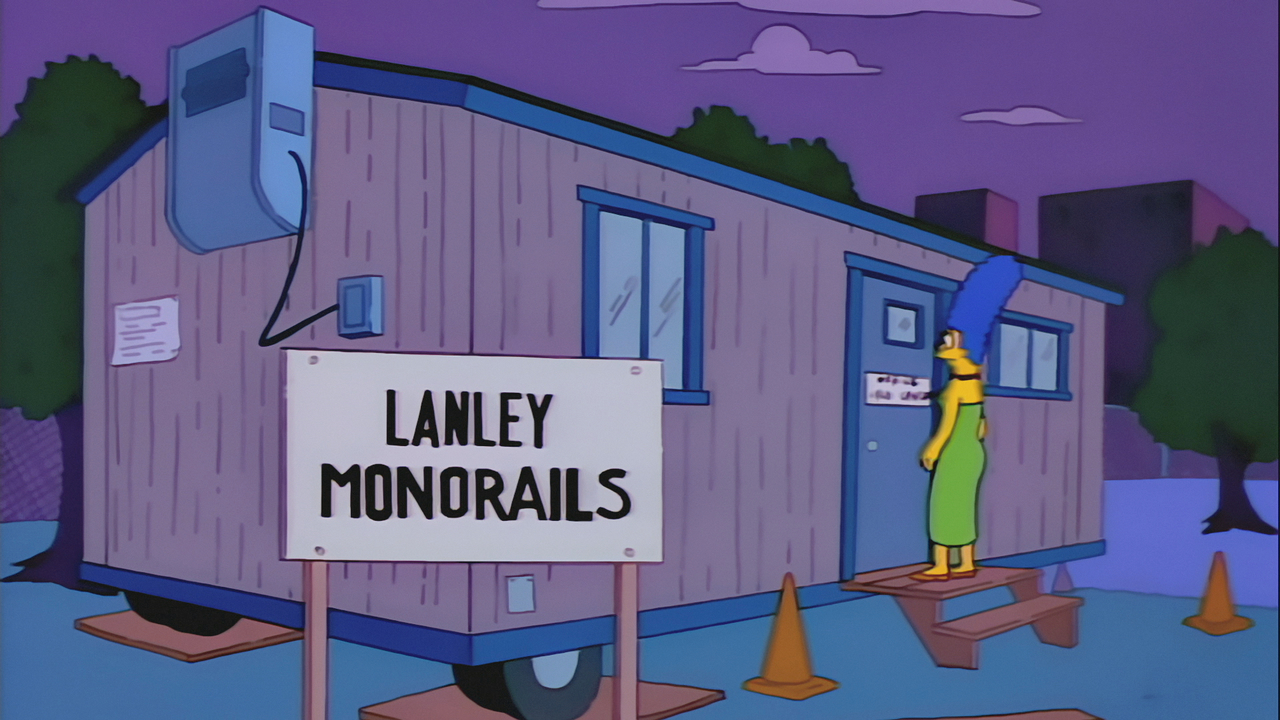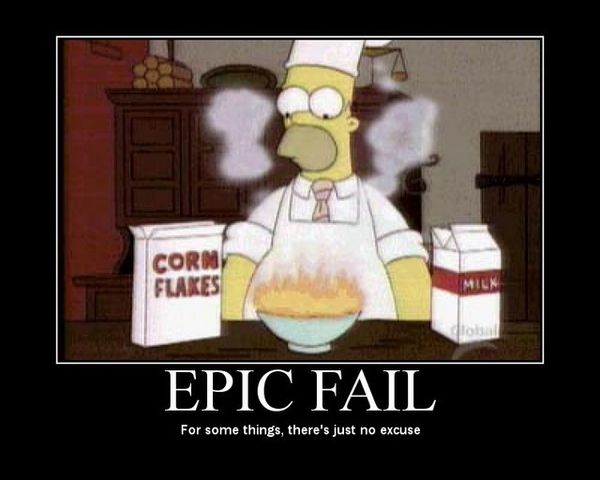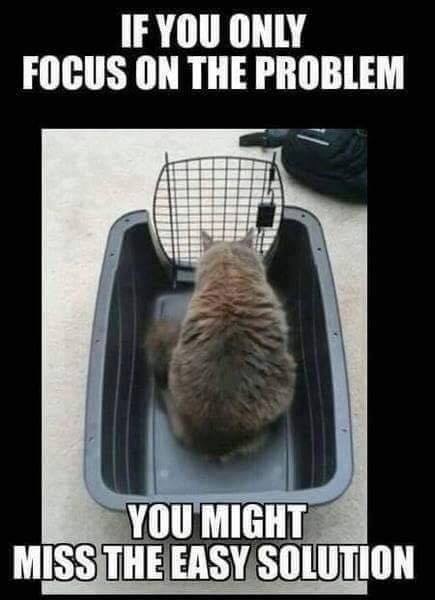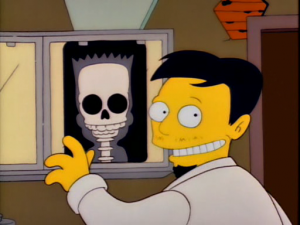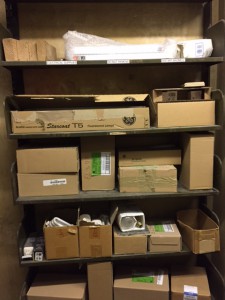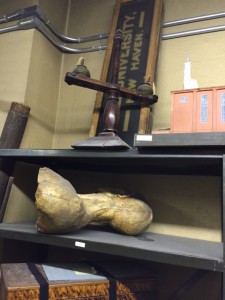Ahhh, Lyle Lanley! A project manager’s worst fear. A shiny, charismatic confidence man who deftly convinces a group of mainly heuristic-based decision makers, to approve and prioritize a project that nearly obliterates a town. Meanwhile, the voice of more algorithmic-based decision logic, Marge Simpson, who wanted to repair the potholes up and down Main Street, is abruptly silenced with the reply, “Sorry Marge, the mob has spoken!”
Throughout the course of over 625 episodes, we have learned that Marge is usually right, and is the consistent purveyor of good advice and solid decision making. We also have learned that Homer has his own unique way of thinking through the outcomes of his choices.
However, despite Marge vs. the Monorail being one of the classic “What did Homer do now” episodes, it is fair to suggest that both styles of decision making voiced in the Springfield Town Hall have value. Heuristic decision making is based on quick and simple choices. Mental shortcuts, which can feel like the best decision in the moment but may not always be right for the longer term, or free from personal bias. Algorithmic decision making attempts to derive the “right” answer and eliminate anything irrational from the outcome, but algorithms take time and have difficulty factoring in nuances of human dynamics, like how regal that sash makes Homer look!
So, why did I want to blog about the 5 Whys? Well, much like the study of failure as insight into how humans think, so is the examination of how we ask questions and make decisions. At its core, asking questions is about problem solving. We ask questions to acquire and assess information about a topic, and use this as criteria to make decisions. It sounds straightforward, doesn’t it? We must all be experts at decision making, given that an average person makes hundreds of decisions a day, from what to wear, to your personalized Starbucks order, or about how close you think you are to the signal, as the light turns from green to yellow. But decision making can be a deeply challenging endeavor. Philosophers from Plato to Hume have wondered if there was room in decision making for anything other than pure logic, or if it should be reason that follows passion. Revisiting Plato’s ship of state metaphor, we know he believed that decision making should reflect both our knowledge and values. Socrates spoke about asking questions and decision making, in terms of developing citizens to “produce a flourishing city-state” through reasoning and logical debate. One could conclude that the objective of questioning and reasoning your way through issues, is to cultivate a culture of appreciative inquiry, with the outcome of improving the quality of work and life. This would apply to individuals, as well as teams and organizations. I mean we all want to know why, right?
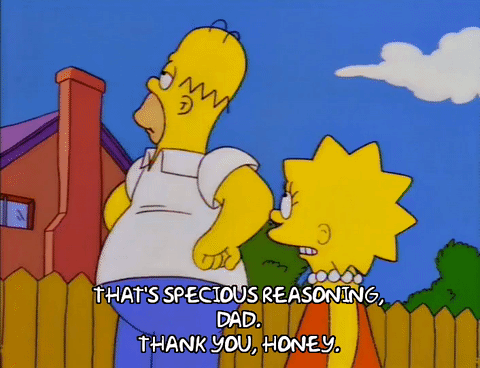
Everyone has heard at least once, that the quality of our lives is directly based on the decisions we make. Such adages as, “you are what you eat,” or “you are what you read,” or “your face is a ship of state!” So, it would follow that good decisions are predicated on a robust process of inquiry for making them. Two notable techniques for asking questions to arrive at a decision/conclusion are the 5 Whys and the Socratic method. The 5 Whys is an attempt to identify root-cause by asking more probing and clarifying questions with each new piece of information received. Ideally, you work through the perceived symptoms of an issue until you reach the true problem. The Socratic method is a process of hypothesis elimination, wherein you search for general truths and analyze them to determine their consistency with other relative beliefs. The Socratic method also utilizes a sequence of questions, including asking opening questions to generate a discussion, then moving to several guiding questions to elaborate, and finally asking closing questions to summarize what feedback was provided and bringing the discussion back to the original problem statement. The 5 Whys and the Socratic method are only a few of the options available for approaching decision making. In general, a good first step is developing a habit of asking questions and advocating for information. Just as we would tell our patrons to do. Just as a democracy should function. Advocate for information!
With any decision making body, the goal should be to follow a consistent methodology that helps accurately identify the problem, business need, or functional requirement, so a valid and sustainable decision can be developed. If no investment is made in asking questions about the root problem/need, any investment made in a solution will be out of alignment. Some other approaches to help gather information and ask questions include peer review and benchmarking. Inevitably someone out there has attempted what you are considering, to varying degrees of success. Asking your peers questions about their decision making process and experience can produce invaluable insights. How did they evaluate the information for a decision? What were their resources and constraints? With hindsight, would they do the same again? Did it put their town on the map?
Evaluating vendors and making site visits are other helpful information gathering steps to take before making a decision. Throughout our implementation of the ArchivesSpace public user interface at Yale, we made multiple “site visits” talking with the good people of Harvard, University of Louisville, NC State, and Georgia Tech. They shared with us what they decided, how they did it, and how they were going to continue. In turn, we shared, and will continue to share, the artifacts of our project team, and outcomes of implementation. (In fact, I think we still owe GT our request de-duplication process). Part of the original intent of the 5 Whys was to physically go and see the problem being described, or the solution in place, and not ask questions from too far a distance. And following up with a vendor to validate they can deliver what they promised is essential. Don’t sign anything until you do!
There is an artistry to question asking. As a facilitator, or business analyst, you want to be mindful not to lead a person too much, or to ask only binary questions. Question asking should be designed to help us validate what we think or know, and help us determine what is unknown. It can be much harder to identify what is unknown, however even acknowledging that there are unknowns is an important step in decision making. An approach to try is called Humble Inquiry. Try asking each person to say one thing they don’t know about the proposal in front of them, and offer to go first to show there is no stigma with not having all the answers. The questions asked by a decision-making body should be constructed in such a way, that they can challenge any assumptions inherent in the problem statement, or project proposal. For example, if a member of the team states we should make decision A, “because it’s the best and others are doing it already” then there should be follow up questions that help document why it is the best (what are the points of comparison), and questions that document how your organization is similar and different from these other places. Advocate for that information. Another important question is “does the solution meet the stated business need?” And again, document how and to what extent it does resolve the need. Questions should strive to broaden our view of any problem or statement being presented. Questions should prompt us to consider alternatives, including low-tech, or no-tech solutions. They should also help an organization determine if the timing is right for a decision. Questions such as, “What if we waited 6 months? Or, a year?” are good examples to generate discussion about the issue and describe the near-term environment. Asking exploratory, or adjoining questions can be useful to take a proposed solution through several variations and perspectives. These could be “what ifs?” and “how does this idea relate to that idea?” And be sure to ask clarifying questions. Even in a one-on-one conversation, something can be misunderstood.
I believe revisiting former decisions is also a worthwhile exercise in an organization. Folks shouldn’t rush to say, “but we already tried that,” or “it didn’t work before.” The data points may have changed, or other variables may have become obsolete over time, or now newly introduced. The conditions of the markets we work in are always evolving. Developing a culture of question asking, or appreciative inquiry, requires investment from management. They need to set the example and incorporate question asking and information validation into the organization’s decision, prioritization, and planning procedures. As children, we ask questions to learn and process information about the world around us. Continuing through university, we are encouraged to learn and evaluate by asking questions, and engaging in intellectual debate and dissent. But post-university a shift begins to occur, and then greater power and value is placed on stating the answer. Being certain about your choice. Being right. Acting quickly. And then, asking questions may be viewed as disruptive, or an attempt to slow progress. So, the person who asks, “Is this the best choice for us?” or “Is this sustainable over the next four years?” may not be viewed as a team player, because they aren’t tacitly agreeing.
Using the 5 Whys is also useful for identifying user stories, or functional requirements in a project. “As a processing archivist, I want to unpublish selected components in a series, so that I may prevent sensitive data from appearing in a public search result in the brand-new fancy awesome Archives at Yale discovery tool.” You have to logically walk through not just what you want, but why you need it, and what value it generates. A good 5 Whys interview could result in not only process improvements, but better product design sure to please even the most intractable of stakeholders.
Another important time to ask questions in a project lifecycle is during the After Action Review. I have previously blogged about Before Action Reviews, but the AAR is another phase in the project lifecycle to spend time in reflection. These complementary, question-driven periods in a project help set the message that what we work on is important, and so is how we work on it. The AAR typically asks three questions, “What went well?” “What could have been refined?” and “What would you change next time?” The first two questions reflect on what has happened, and the third is gathering feedback on how the organization could change their process with future projects. And ideally, the information gained should evolve into knowledge applied. By conducting an AAR and asking these questions, you may be able to determine why a problem was not detected during a project implementation, or if it was, why that problem was not prevented (or mitigated).
The 5 whys will not produce a solution for every type of problem or proposal in an organization, but I mention it as a starting place for business analysts and project managers. Developing this skill as part of your workplace culture, should lead to more open conversation and better overall problem identification. A questions-positive culture is also likely to be more creative and innovative, by honoring ideation, iterative design, and exploration. And remember, sometimes it’s OK to just let go, knowing the cosmic ballet will go on, and with the help of science (and doughnuts) everything will resolve to a happy ending.
